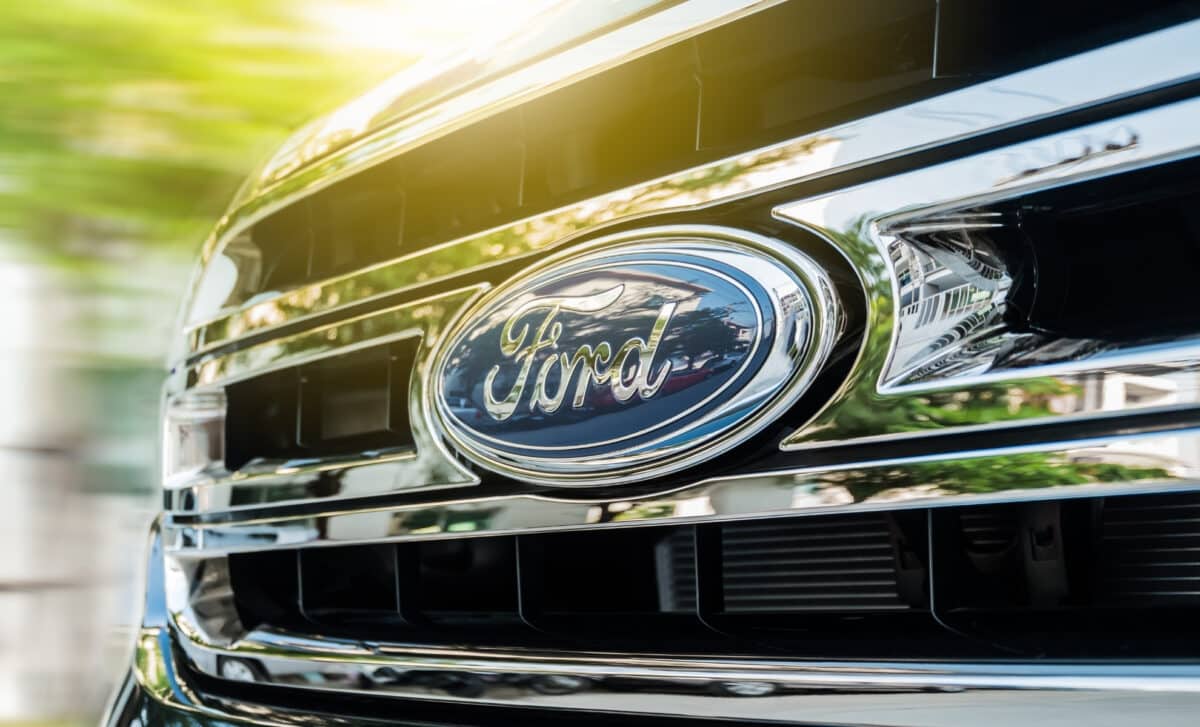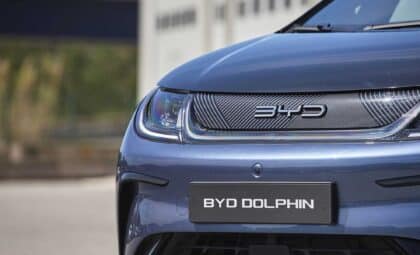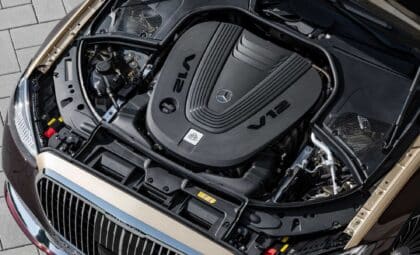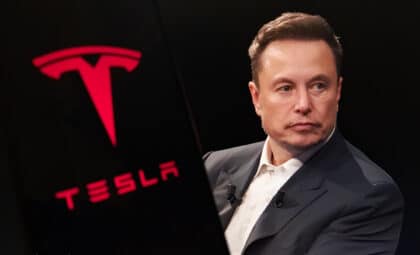The vehicle, set to launch in 2027, will be produced on a completely reengineered assembly system and platform, designed to significantly lower production costs.
This initiative marks a major shift in how the Detroit-based automaker approaches vehicle design and manufacturing. With a total investment of $5 billion—$2 billion into the Louisville Assembly Plant and $3 billion for battery production in Michigan—Ford is betting on radical transformation to stay competitive in the evolving EV market.
CEO Jim Farley described the move as “the most radical change on how we design and how we build vehicles at Ford since the Model T,” during an event announcing the new platform. The company is introducing both a new product and a new industrial method, reflecting a broader effort to align legacy manufacturing with the demands of electric mobility.
A Redesigned Production Model to Cut Complexity
At the core of this shift is the creation of the Ford Universal EV Platform and an all-new manufacturing approach dubbed the Universal EV Production System. Rather than following a traditional single-line assembly belt, Ford’s new “assembly tree” breaks down the production process into three sub-lines that converge into one.
Doug Field, Ford’s EV chief of digital and design, called it “the first time anyone’s done this anywhere in the world,” as reported by CBS News. The approach is expected to streamline the workflow, improve ergonomics, and increase production speed. The truck will reportedly be built 40% faster than current models produced at the Louisville plant, which is being modernized specifically for this purpose.
According to InsideEVs, the system will use 20% fewer parts, 25% fewer fasteners, and 40% fewer factory workstations. This reduction in complexity is a key component of Ford’s plan to bring the price of its electric truck down to $30,000 without sacrificing size or performance.
A Platform to Support a Family of Next-Gen EVs
The electric pickup is just the starting point. The new Universal EV Platform is designed to be modular and flexible, capable of supporting multiple vehicle types. A graphic presented by Ford includes outlines for a pickup truck, a three-row SUV, a small crossover, and a cargo van, though not all variants have been confirmed.
Ford aims to address one of the most persistent challenges for legacy automakers: electrical architecture. The company is adopting a zonal approach, significantly reducing wiring—by more than 4,000 feet compared to the Mustang Mach-E—and enabling a simpler yet more powerful setup using fewer electronic control units.
Kevin Young, Ford’s head of advanced manufacturing programs, emphasized the importance of this change: “Wiring is the nemesis. If you don’t change that input, then nothing else is ever going to change.” This strategy mirrors efforts by Tesla and Rivian, both of which have made similar changes to wiring harnesses in order to boost efficiency.
U.S.-Made Batteries and Focus on Affordability
Ford’s decision to localize battery production is central to its effort to control costs. The upcoming pickup will use lithium-iron phosphate (LFP) batteries in a prismatic cell format—built at the BlueOval Battery Park in Michigan. The battery tech will be licensed from CATL, but production will take place domestically.
This will make Ford the first American automaker to use U.S.-made LFP batteries. These cobalt- and nickel-free batteries are cheaper and more stable than traditional lithium-ion alternatives, allowing Ford to reduce dependency on expensive imported materials.
Unlike stripped-down EV models in the same price bracket, Ford’s midsize electric truck is being developed with comfort and utility in mind. It will feature a frunk, more interior space than a Toyota RAV4, and faster acceleration than the Mustang EcoBoost, which reaches 60 mph in about five seconds.
Jim Farley addressed the industry’s track record of failed affordable car projects in Detroit, stating: “Nobody wants to see another good college try by a Detroit automaker to make an affordable vehicle that ends up with idled plants, layoffs and uncertainty.” He noted that Ford’s new approach involved a small, dedicated team that reimagined the moving assembly line from scratch.









